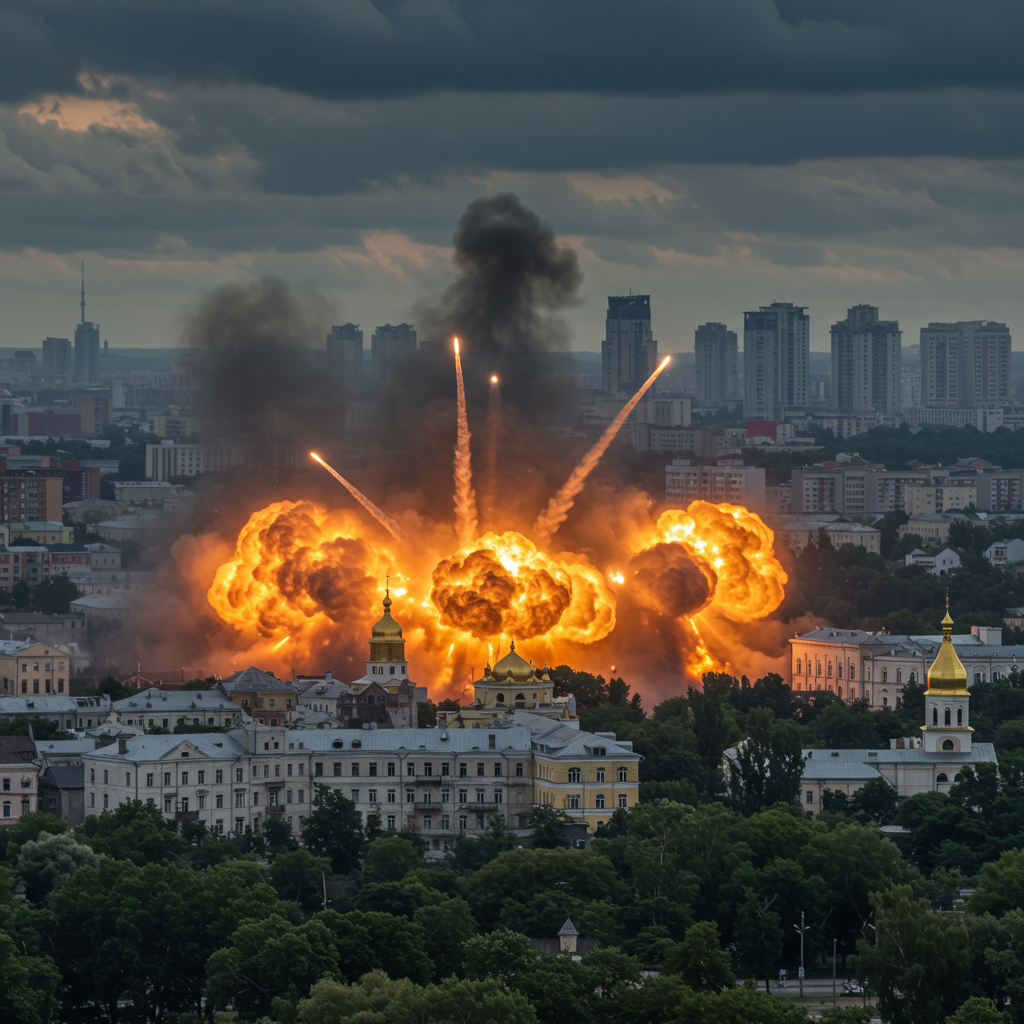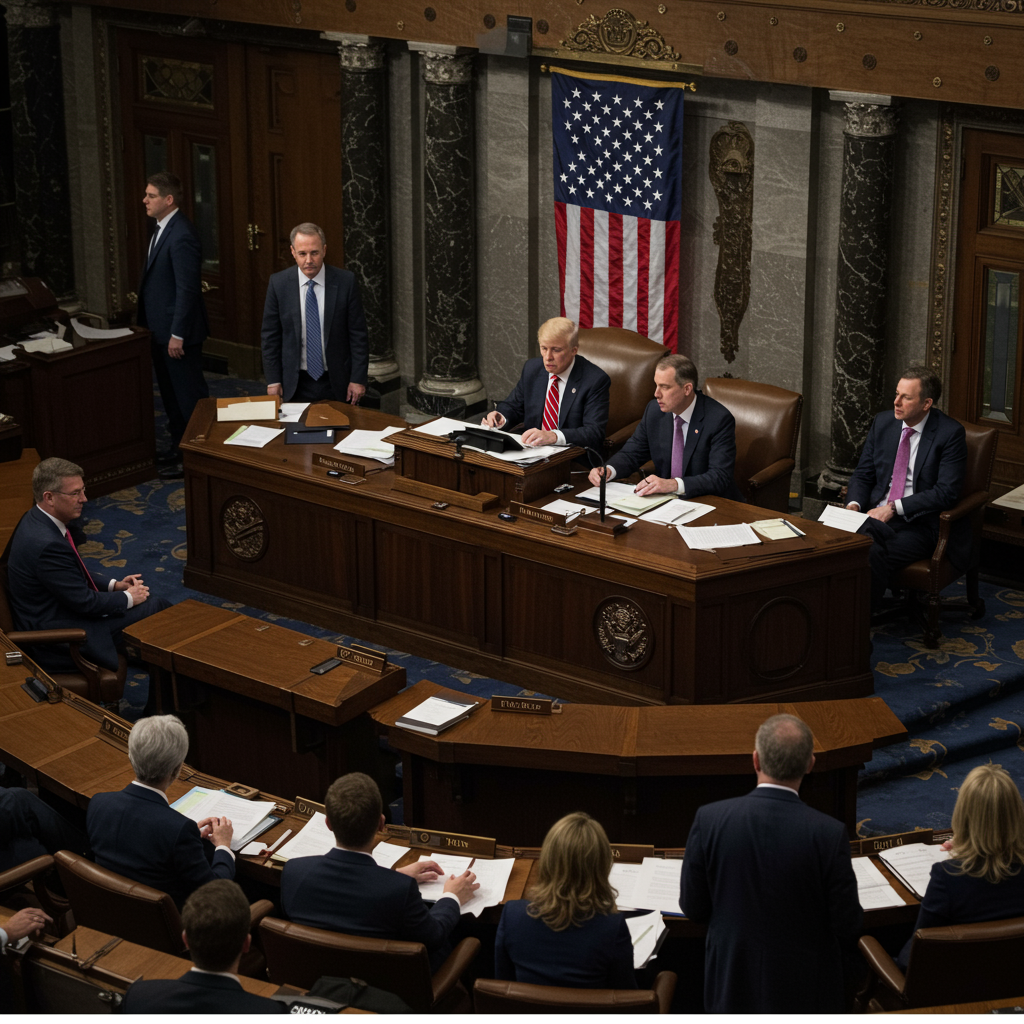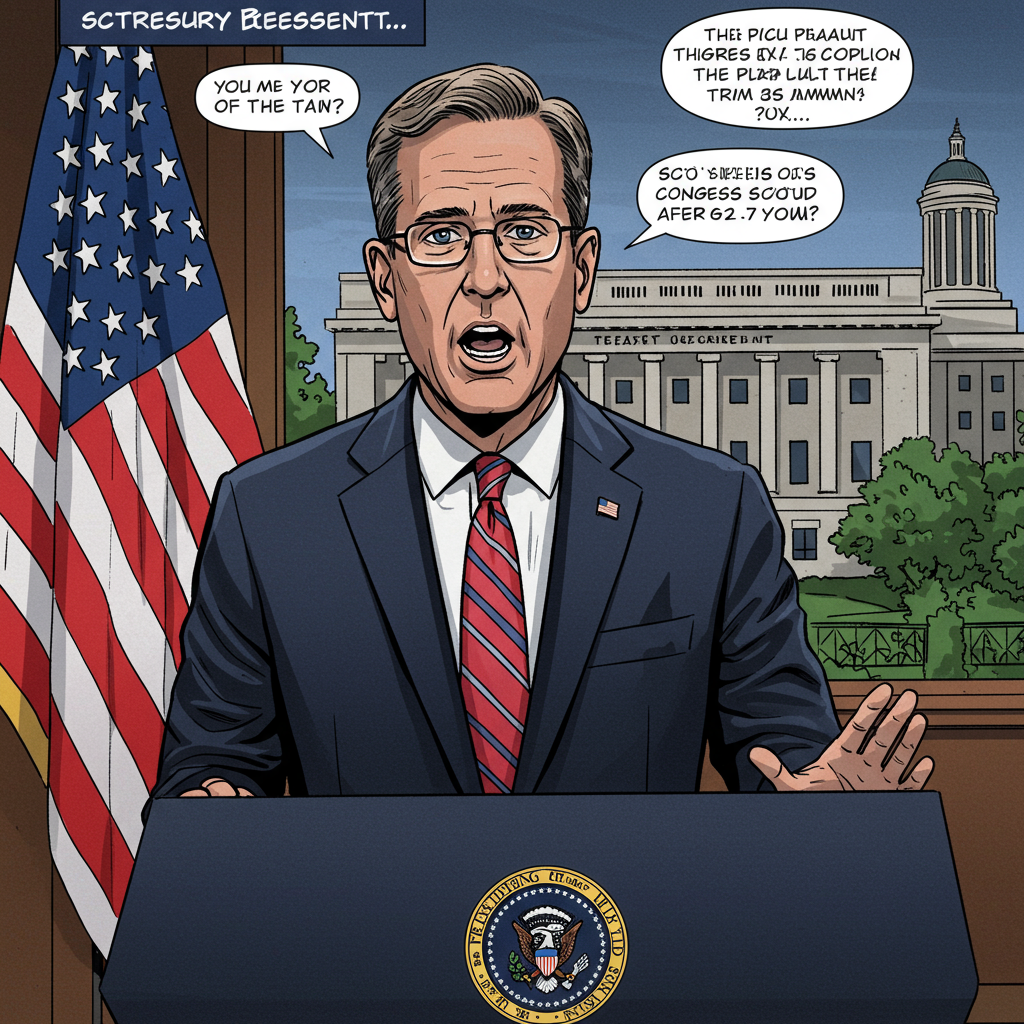Kyiv faced its most severe aerial assault since the full-scale invasion began over three years ago on July 4, 2025. An onslaught of Russian missiles and drones hammered the Ukrainian capital for more than eight hours. This devastating <a href="https://news.quantosei.com/2025/07/04/russias-friends-taliban-and-pyongyang-in-azerbaijan-and-armenia-out/" title="russia's Changing Allies: Taliban, NK Join as Old Partners Exit”>attack unfolded just as former U.S. president Donald Trump engaged in crucial diplomatic phone calls with both Russian President Vladimir Putin and Ukrainian President Volodymyr Zelenskyy regarding the ongoing conflict.
The predawn barrage saw an estimated 550 aerial targets, primarily drones accompanied by ballistic and cruise missiles, rain down on Kyiv. Air raid sirens wailed across the city from the early hours into Friday morning. Residents sought desperate shelter in underground metro stations as explosions rocked multiple districts. Ukrainian air defenses worked tirelessly, reportedly intercepting a significant portion of the incoming targets, though many still penetrated the city’s defenses.
Devastation Across the Capital
The impact of this unprecedented aerial attack was widespread and severe. At least one person was killed and over 20 were injured across several areas of Kyiv. Emergency services responded to incidents involving falling debris and direct hits.
Extensive Damage Reported
Buildings across Kyiv sustained heavy damage. Apartment blocks were struck, leaving gaping holes and structural compromise. Schools and medical facilities were also impacted. Industrial sites, warehouses, and critical railroad infrastructure suffered hits. Even the consular section of the Polish Embassy was reportedly damaged. Reports from the ground included a disturbing chemical smell in affected areas, raising concerns about the types of munitions used. This largest Russia attack Kyiv left a visible trail of destruction, underscoring the intensity of the assault.
Trump’s Diplomatic Engagement
The timing of the massive attack coincided directly with President Trump’s diplomatic efforts. Hours before the first strikes hit Kyiv, Trump held an hour-long phone conversation with Russian President Vladimir Putin.
Call with Putin Yields No Progress
Following his discussion with President Putin, Trump expressed clear disappointment. He stated that the conversation made “no progress” towards ending the conflict in Ukraine. Trump told reporters he was “not happy about that” and did not believe Putin was ready to cease fighting.
According to the Kremlin’s foreign affairs adviser, Yuri Ushakov, Putin reiterated during the call that Russia would not back down from achieving its objectives in Ukraine. Putin insisted the war would continue until Moscow addressed the “root causes” of the conflict. While specific goals weren’t detailed in this particular call, Putin has previously outlined demands such as Ukraine ceding territory and abandoning aspirations to join military alliances like NATO.
Call with Zelenskyy Focused on Defense
Shortly after the aerial bombardment subsided, President Trump spoke with Ukrainian President Volodymyr Zelenskyy. Zelenskyy characterized this conversation as “very important and useful.” In a social media post, he confirmed they discussed the brutal Russian airstrikes and the urgent need to enhance Ukraine’s air defense capabilities. Zelenskyy found President Trump “very well informed” about the situation in Ukraine.
The two leaders reportedly agreed to work together specifically on strengthening Ukraine’s aerial protection. Zelenskyy mentioned agreeing to a separate meeting between their respective teams to focus on this critical issue. He also indicated discussions around opportunities for joint production and “direct projects with America,” particularly concerning drones and related technologies, highlighting their vital importance for Ukraine’s security.
Context of Intensified Attacks
Russia’s defense ministry claimed the massive aerial strikes were launched in response to alleged “terrorist acts of the Kyiv regime.” This statement aligns with Russia’s pattern of justifying attacks as retaliation.
Escalating Campaign Amidst Stalled Talks
The assault on Kyiv is part of a broader pattern of intensifying Russian attacks against Ukraine in recent weeks. This escalation coincides with floundering ceasefire talks between the two nations and intense pressure exerted by Russian forces along the roughly 620-mile front line. Ukrainian officials noted this latest attack followed another record barrage less than a week prior, indicating a deliberate increase in the scale and frequency of long-range assaults.
The Impact of Paused US Aid
Adding another layer of complexity, the massive Russian aerial attack followed closely on the heels of a controversial decision by the Trump administration. Earlier in the week, the U.S. had announced a pause on shipments of critical military equipment to Ukraine.
Vital Shipments Delayed
This halted aid reportedly included vital air defense systems, thousands of high explosive munitions, precision-guided missiles, and Patriot interceptors, according to defense officials and congressional sources. The Pentagon justified the decision by stating the U.S. needed to prioritize its own military stockpiles for domestic defense and troops abroad.
Kyiv viewed this pause with deep concern, stating it would directly limit Ukraine’s ability to defend itself against intensifying Russian airstrikes and ongoing advances on the front lines. Experts voiced apprehension that such a move might be perceived by Putin as an encouragement to escalate attacks and attempt to seize more territory.
Other Developments Amidst the Barrage
The period surrounding this major aerial attack saw other significant events unfold. The Zaporizhzhia nuclear power plant in southern Ukraine experienced a loss of external power due to a Russian strike hitting a power line. This marked the ninth time the plant had lost off-site power during the conflict, forcing it to rely on emergency diesel generators for safety systems. The International Atomic Energy Agency (IAEA) described the nuclear safety situation as “extremely precarious” before power was later restored.
A prisoner exchange between Russia and Ukraine also took place the same day. Both sides confirmed the swap was part of agreements reached previously in Istanbul, involving mostly Ukrainians held since 2022, many classified as wounded or seriously ill.
Furthermore, Germany confirmed it was in intensive discussions about acquiring Patriot defense systems, exploring options like purchasing them from the U.S. for transfer to Ukraine, seemingly in response to the US pause on shipments. Adding a grim dimension, Germany’s BND foreign intelligence agency, citing evidence, reported that Russia has expanded its use of chemical weapons, specifically the lung agent chloropicrin, which constitutes a serious violation of international conventions.
Calls for Increased Pressure
In the aftermath of the attack, Ukrainian President Zelenskyy described the night as “harsh, sleepless.” He reiterated his belief that the attack demonstrated Russia has “no intention of ending the war and terror.” Zelenskyy called for “large-scale pressure” on Russia from the international community. He argued that without significant pressure, Russia would not change its behavior, asserting that for every strike, Russia should face appropriate sanctions and economic blows. The need for increased air defense equipment remained a central plea.
Frequently Asked Questions
What was the scale and impact of Russia’s largest aerial attack on Kyiv on July 4, 2025?
On July 4, 2025, Russia launched its largest aerial assault on Kyiv since the war began. The attack involved an estimated 550 drones and 11 missiles over more than eight hours. It resulted in at least one death and over 20 injuries. Damage was extensive, hitting residential buildings, schools, medical facilities, industrial sites, warehouses, railroad infrastructure, and even the Polish embassy consular section across multiple city districts.
How did the timing of the Kyiv attack relate to President Trump’s phone calls with Putin and Zelenskyy?
The massive aerial attack on Kyiv occurred immediately after President Trump concluded an hour-long phone call with Russian President Vladimir Putin. Trump reported making “no progress” towards ending the war during this call. Shortly after the bombardment, Trump spoke with Ukrainian President Volodymyr Zelenskyy, who described the conversation as “very important and useful” and focused on strengthening Ukraine’s air defense against such attacks.
What was the significance of the recent pause in US military aid shipments mentioned in relation to this attack?
Days before the attack, the Trump administration paused shipments of critical U.S. military aid, including Patriot air defense systems and various munitions, citing a need to prioritize American stockpiles. Ukraine stated this decision would limit its ability to defend against intensifying Russian airstrikes. Experts suggested this pause could be perceived by Russia as potentially emboldening their aggressive actions, placing the largest Russia attack Kyiv in a concerning strategic context.
Conclusion
The largest Russia attack Kyiv witnessed on July 4, 2025, underscored the brutal intensity of the conflict and Russia’s apparent determination to continue its aggression. The attack’s timing, coinciding with President Trump’s diplomatic efforts, highlights the complex interplay between military action and international diplomacy. As Ukraine grapples with the devastating impact and seeks enhanced air defense capabilities, the pause in U.S. military aid adds a challenging dimension to its defense efforts. The events of this day serve as a stark reminder of the urgent need for sustained international support for Ukraine and renewed efforts to find a path towards a just and lasting peace.




